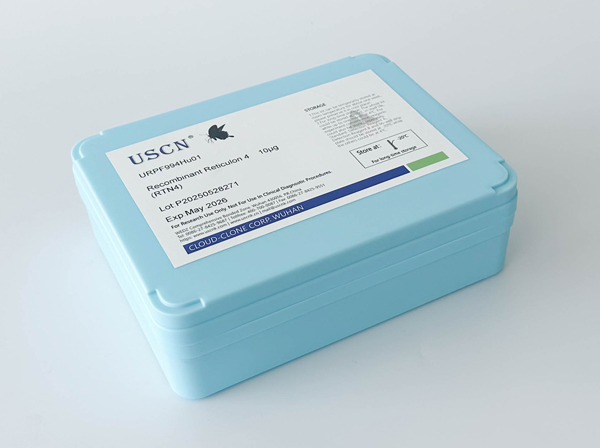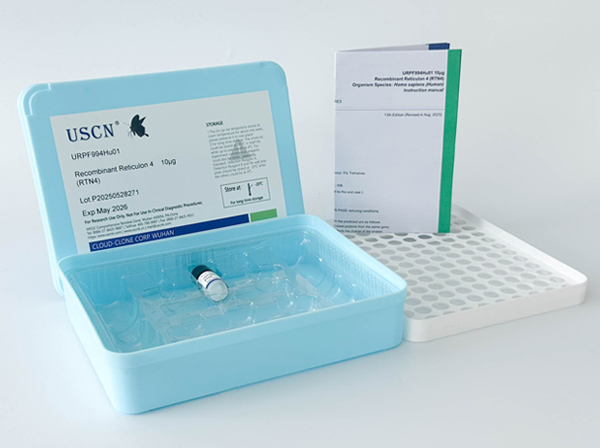Active High Mobility Group Protein 1 (HMGB1)
HMG1; HMG3; SBP1; Sulfoglucuronyl Carbohydrate Binding Protein; Amphoterin; High Mobility Group Box 1 Protein
- Product No.UAPA399Hu61
- Organism SpeciesHomo sapiens (Human) Same name, Different species.
- Buffer FormulationPBS, pH7.4, containing 5% Trehalose.
- TraitsFreeze-dried powder
- Purity> 90%
- Isoelectric Point5.6
- ApplicationsCell culture; Activity Assays.
- Download Instruction Manual
- UOM 10µg50µg 200µg 1mg 5mg
-
FOB
US$ 178
For more details, please contact local distributors!US$ 444
For more details, please contact local distributors! US$ 888
For more details, please contact local distributors! US$ 2664
For more details, please contact local distributors! US$ 6660
For more details, please contact local distributors!
ACTIVITY TEST of the Active High Mobility Group Protein 1 (HMGB1)

Figure 1. The binding activity of HMG1 with TP53.<br/>High Mobility Group Protein 1 (HMG1), also known as high mobility group box 1 proteinbelongs to high mobility group and contains HMG-box domain. HMG1 is one of the most important chromatin proteins. This nuclear protein organizes the DNA and regulates transcription. It supports transcription of many genes in interactions with many transcription factors. HMGB1 is secreted by immune cells (like macrophages, monocytes and dendritic cells) through leaderless secretory pathway. Activated macrophages and monocytes secrete HMGB1 as a cytokine mediator of Inflammation. Besides, Tumor Protein p53 (TP53) has been identified as an interactor of HMG1, thus a binding ELISA assay was conducted to detect the interaction of recombinant human HMG1 and recombinant human TP53. Briefly, HMG1 were diluted serially in PBS, with 0.01% BSA (pH 7.4). Duplicate samples of 100uL were then transferred to TP53-coated microtiter wells and incubated for 2h at 37℃. Wells were washed with PBST and incubated for 1h with anti-HMG1 pAb, then aspirated and washed 3 times. After incubation with HRP labelled secondary antibody, wells were aspirated and washed 3 times. With the addition of substrate solution, wells were incubated 15-25 minutes at 37℃. Finally, add 50µL stop solution to the wells and read at 450nm immediately. The binding activity of HMG1 and TP53 was shown in Figure 1, and this effect was in a dose dependent manner.
USAGE of the Active High Mobility Group Protein 1 (HMGB1)
Reconstitute in 10mM PBS (pH7.4) to a concentration of 0.1-1.0 mg/mL. Do not vortex.
STORAGE of the Active High Mobility Group Protein 1 (HMGB1)
Avoid repeated freeze/thaw cycles. Store at 2-8°C for one month. Aliquot and store at -80°C for 12 months.
STABILITY of the Active High Mobility Group Protein 1 (HMGB1)
The thermal stability is described by the loss rate. The loss rate was determined by accelerated thermal degradation test, that is, incubate the protein at 37°C for 48h, and no obvious degradation and precipitation were observed. The loss rate is less than 5% within the expiration date under appropriate storage condition.
INCREMENT SERVICES
BCA Protein Quantification Kit
Molecular Mass Marker for Protein
Monoclonal Antibody Customized Service
Polyclonal Antibody Customized Service
Protein Activity Test Experiment Service
Electrophoretic Mobility Shift Assay (EMSA) Experiment Service
Buffer
Lentivirus Packaging Experiment Service
Adenovirus Packaging Experiment Service
Real Time PCR Experimental Service
Spike RBD Protein (S-RBD)
Protein G
Protein A



